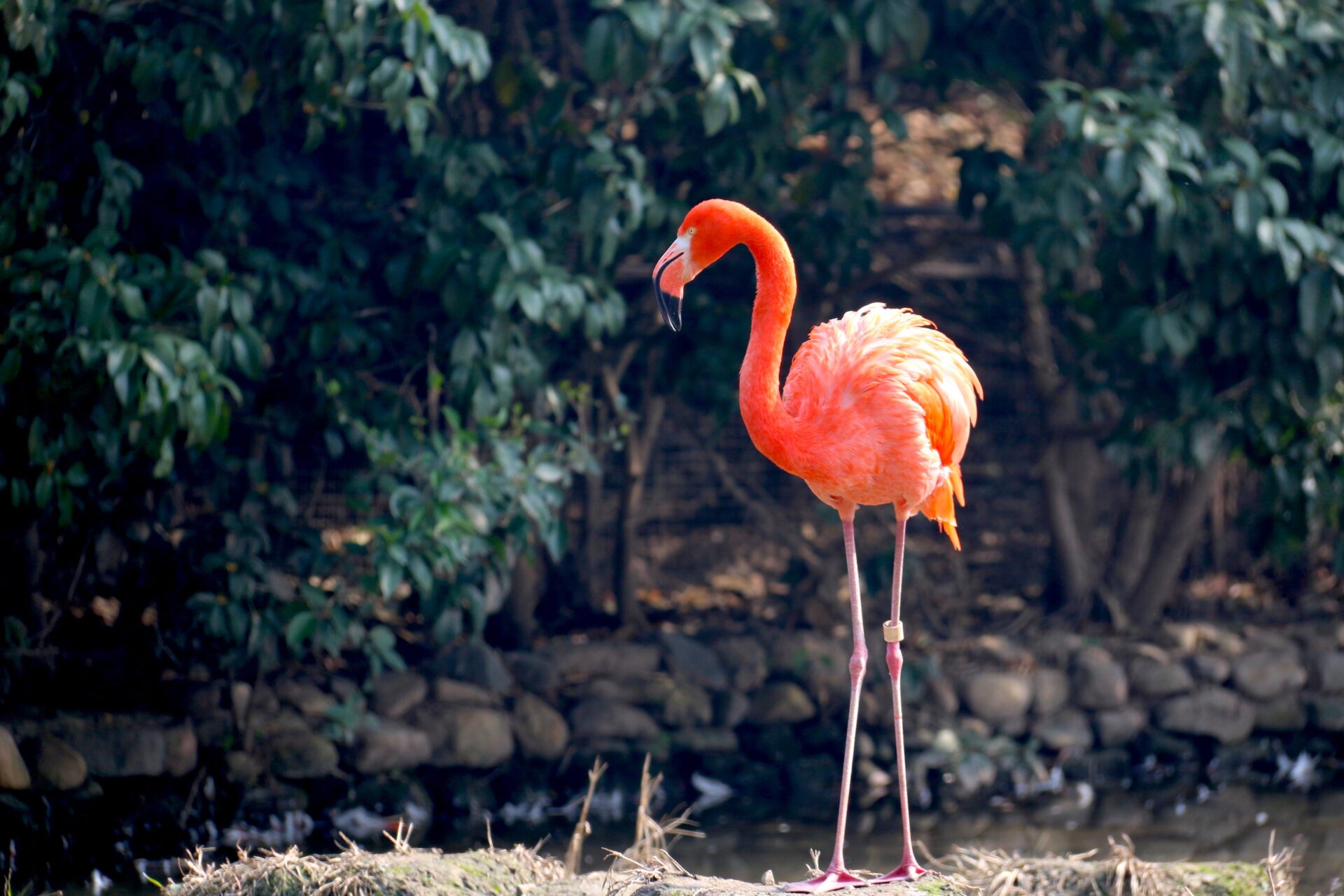Ball pythons are a popular pet snake, known for their docile nature and relatively small size. They require a specific environment to stay healthy and can go a surprisingly long time without water, depending on the environment they are in. In this article, we will discuss how long a ball python can go without water and what factors can influence this duration.A ball python can typically go up to 2 weeks without water, however it is best practice to provide water for your ball python on a weekly basis.
Significance of Water for Ball Pythons
Water is a key part of a ball python’s health and wellbeing. It helps to keep the snake hydrated, regulates its body temperature, assists with digestion, and helps to keep its skin and scales healthy. A ball python’s water bowl should be large enough for the snake to soak in and should be replaced with clean water on a regular basis. The water should also be at room temperature or slightly warmer, as cold water can cause stress in the snake. Additionally, it is important to make sure that the bowl does not have any sharp edges that could injure the snake.
Ball pythons need access to water at all times, so it is important to make sure that their enclosure has a steady supply of clean and fresh drinking water. If the environment is too dry or humid, it can cause respiratory issues for the snake. It is also important to provide a clean substrate for your ball python as this will help keep them healthy and prevent them from ingesting anything that may be harmful.
Providing a variety of items in your ball python’s enclosure can also help keep them happy and healthy. A hide box is essential as it provides security and comfort for your pet; branches or ledges for climbing are also beneficial as they provide stimulation and exercise; rocks or logs offer places for your pet to bask; and plants add color, texture, and humidity to their environment.
Having access to clean drinking water is essential for a healthy ball python, so it is important to monitor their drinking habits regularly so that their needs are met. If you notice that they are not drinking enough water then you may need to check their environment for any changes which could be causing them stress or discomfort. Making sure that your pet has access to plenty of fresh food and drink will ensure they stay hydrated and happy!
Environmental Factors Affecting Ball Pythons’ Access to Water
Ball pythons need access to clean, fresh water in order to remain healthy and hydrated. Unfortunately, their environment can often make it difficult for them to get the water they need. Several environmental factors can influence ball pythons’ ability to access water, including temperature, humidity, and air flow.
Temperature is a major factor that affects ball pythons’ access to water. If the temperature in their enclosure is too high, they may not be able to drink enough water or even reach the water dish at all. On the other hand, if the temperature is too low, they may not be able to move around enough and become dehydrated.
Humidity also plays an important role in ball pythons’ access to water. They are sensitive to high levels of humidity and can become stressed if it is too high, which can lead to dehydration. On the other hand, if the enclosure is too dry and not humid enough, they may find it difficult to drink from their water dish or become dehydrated due to lack of moisture.
Air flow can also have an effect on ball pythons’ ability to access clean water. Poor air circulation can cause stagnant air in their enclosure which can lead to mold growth or bacteria buildup in their water dish, making it unsafe for them to drink from it. Good air flow helps keep their enclosure clean and helps prevent any potential health issues that could arise from drinking contaminated water.
Overall, environmental factors such as temperature, humidity and air flow play an important role in ball pythons’ ability to access clean fresh water. Taking steps such as controlling the temperature in their enclosure and ensuring good air circulation will help ensure that they have easy access to safe drinking water at all times.
Understanding the Physiology of Ball Pythons
The ball python is an incredibly popular pet species due to their small size and docile nature. As such, understanding the physiology of this species is important for providing proper care and ensuring that they stay healthy. This includes understanding how they digest food, regulate body temperature, and reproduce.
Digestion in ball pythons occurs in a similar manner to other snakes. The food passes through the esophagus into the stomach where it is partially digested with digestive enzymes. The partially digested food then passes into the small intestine where it is fully broken down and nutrients are absorbed. Waste material then passes into the large intestine before being expelled from the body.
Ball pythons have a very interesting way of regulating their body temperature; they are known as “ectotherms”, which means that they rely on external sources of heat to keep their body temperature at optimal levels. To do this, they will use their environment to thermoregulate; basking on rocks or branches that are exposed to direct sunlight can help raise their body temperature while burrowing in cooler substrate can help them cool down if needed.
Reproduction in ball pythons follows a rather complex process which includes courtship displays, copulation, and egg laying. Females will usually lay between 3-7 eggs which will take an average of 55 days to hatch. During this time, it is important for owners to provide a warm and humid environment for the eggs in order to ensure successful hatching.
In conclusion, knowing how your ball python functions physiologically is essential for providing proper care and ensuring that they remain healthy throughout their lifetime. Understanding how they digest food, thermoregulate, and reproduce all play an important role in keeping your pet happy and healthy.
How Long Can A Ball Python Survive Without Water?
Ball pythons are native to the dry, humid regions of Africa and can survive with very little water. In the wild, they can go for weeks or even months without access to water. In captivity, however, ball pythons need regular access to clean water in order to stay hydrated and healthy. Without adequate water, ball pythons will become severely dehydrated and may suffer from health issues such as skin shedding problems, respiratory infections, and digestive issues.
It is important to provide your ball python with fresh water from a clean bowl or container at least once a day. The water should be changed daily and the bowl should be cleaned regularly to prevent bacteria buildup. It is also important to provide your ball python with a shallow water dish so that it can easily drink from it without drowning.
In addition to providing your ball python with access to clean water, it is also important that you provide them with a humid environment. This can be accomplished by misting their enclosure twice a day and providing them with hiding spots that stay moist such as damp substrate or moss-filled hides. This will help your ball python stay hydrated even if they don’t have access to fresh water for long periods of time.
In general, a healthy adult ball python can survive without water for up to two weeks as long as it has access to humidity and its enclosure is kept between 75-85 degrees Fahrenheit during the day and 70-75 degrees Fahrenheit at night. However, this does not mean that you should leave your ball python without fresh drinking water for two weeks straight; it is best practice to provide them with clean drinking water every day in order to keep them healthy and hydrated.

Proper Hydration for Ball Pythons
Proper hydration is essential for the health and wellbeing of ball pythons. When these reptiles don’t get enough water, they can become dehydrated, which can lead to a variety of serious health issues. To ensure your pet snake stays healthy and hydrated, it is important to understand the importance of hydration and how to provide your ball python with the right amount of moisture.
A ball python should have access to a shallow bowl or other container filled with fresh water at all times. It is best to use untreated tap water that has been allowed to sit for 24 hours so that any chlorine or other chemicals are removed. The container should be large enough for the snake to soak in if desired and deep enough that they won’t easily tip it over. It is also important to clean and refresh the water every few days or as needed.
In addition to providing a bowl of fresh water, you can also give your ball python access to a bath several times a week. A bath should be shallow enough that the snake can easily enter and exit, while still providing enough depth for them to completely submerge themselves if desired. A bath should be warm but not hot – about 80-85°F (27-29°C) – and should be changed after every use.
It is important to monitor your snake’s hydration levels regularly by looking at their skin, eyes, mouth, scales, and overall activity level. If your snake appears dehydrated, you may need to increase their access to moisture by providing more frequent baths or changing their water more often. Additionally, it may be helpful to provide humidity in their enclosure with a misting system or by lightly spraying their enclosure with warm water every few days or as needed.
By providing proper hydration for your pet ball python through daily access to fresh drinking water and regular soaking baths, you can help keep them healthy and happy for years to come!
Determining When to Provide Water to a Ball Python
Water is a critical component of a ball python’s well-being. It is essential for the snake to remain hydrated and healthy. But, like all reptiles, ball pythons need to be offered water at the appropriate times and in the right amount. Knowing when and how much water to provide can help ensure that your python stays safe and healthy.
The first step in determining when to offer water to a ball python is to assess its environment. Pythons naturally live in warm, humid climates, so it’s important to provide them with an enclosure that mimics this environment as closely as possible. If the air around your snake is too dry, your snake may become dehydrated and need more water than usual. Additionally, if you are keeping your python in an enclosure that is too small or too large for its size, it may not be able to access enough water on its own.
Once you have determined that your python’s environment is suitable for it, you can begin offering water as needed. Generally speaking, a healthy adult ball python needs access to fresh clean water every few days or so. If the enclosure is kept at the proper humidity level—around 60%—your snake should be able to obtain most of its hydration requirements from its surroundings without having to drink from a bowl. However, if your snake does not have access to enough humidity or has been exposed to extreme temperatures for an extended period of time then it may need more frequent access to fresh clean water.
When providing water for your ball python, make sure that you use a shallow bowl with gently sloping sides so that your snake can easily climb into it without getting stuck or injured. Additionally, make sure that you change out the water regularly—at least once per week—to prevent bacteria buildup and contamination from waste products or other potential hazards. Finally, keep an eye out for signs of dehydration such as sunken eyes and skin discoloration as these can indicate that your snake needs more frequent access to clean fresh drinking water.
By assessing the environment of your ball python and providing it with fresh clean drinking water on a regular basis, you can help ensure that your pet stays healthy and happy for years to come!
Potential Health Risks of Dehydration in Ball Pythons
Dehydration is one of the leading causes of health issues in ball pythons. Without proper hydration, these reptiles can become severely ill or even die. When dehydrated, ball pythons may suffer from a variety of problems, including respiratory infections, bladder stones, and skin diseases. In extreme cases, dehydration can even lead to organ failure and death. It is important to provide your pet with a consistent supply of fresh water to prevent dehydration and ensure its health.
One of the most common signs of dehydration in ball pythons is weight loss. If your pet is not drinking enough water, it will lose body fat as its body uses up stored energy reserves for survival. You may also notice that your pet’s skin looks dry and wrinkled when dehydrated. Ball pythons rely on their skins to regulate their body temperatures, so any lack of moisture can lead to temperature imbalances that affect their overall health.
Dehydration can also cause serious medical problems for ball pythons, such as respiratory infections or bladder stones. Respiratory infections occur when bacteria enter the lungs through the airways due to insufficient hydration or an unclean environment. Bladder stones form when minerals like calcium build up in the bladder due to a lack of fluids and crystallize together over time. Both of these issues require veterinary care to treat effectively and can be very dangerous if left untreated.
Skin diseases are another potential risk associated with dehydration in ball pythons. This type of reptile typically has very dry skin due to its dry habitat, so any additional lack of moisture can lead to skin irritation or infection if not addressed promptly. Symptoms may include flaking scales, discolored patches on the skin, or open wounds that are slow to heal. If your pet shows any signs of skin irritation or infection, it is important to take it to a veterinarian right away for proper diagnosis and treatment.
Dehydration can be a serious issue for ball pythons if left untreated for too long and can even lead to death in extreme cases. It is essential that you provide your pet with an ample supply of fresh water at all times and monitor its hydration levels regularly for optimal health and wellbeing. By taking these precautions you will ensure that your pet stays healthy and happy for many years to come!

Conclusion
In conclusion, ball pythons can go without water for a significantly long period of time. This is important to keep in mind when considering how often to provide water to these animals. With proper hydration, they will stay healthy and live a long life. It is important to note that if a ball python is not given enough water, they could suffer from dehydration and other health problems that can be fatal. Therefore, it is important to ensure that these reptiles are given enough clean, fresh water on a regular basis.
Providing your ball python with the necessary amount of water is essential for its health and wellbeing. Doing this will ensure that your pet stays hydrated and healthy and will lead to a longer life for your ball python.




